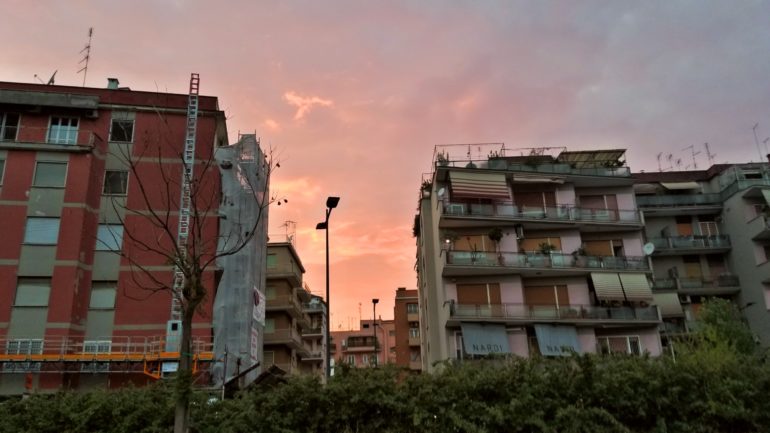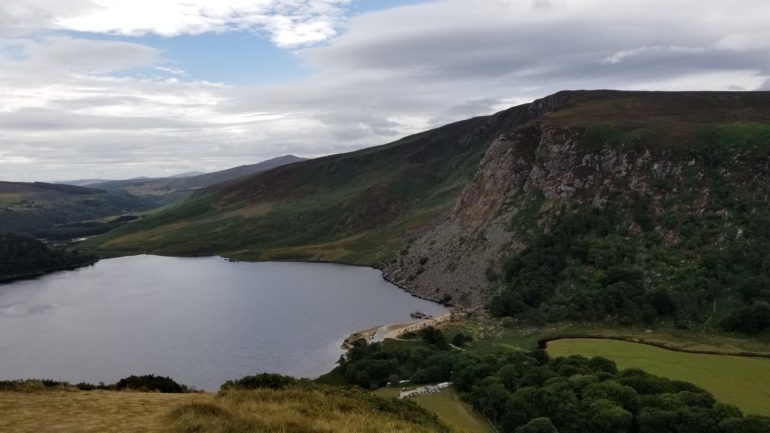- Greenheart Travel ,
- High School - Argentina ,
- High School - Australia ,
- High School - Austria ,
- High School - Belgium ,
- High School - Brazil ,
- High School - Canada ,
- High School - Costa Rica ,
- High School - Denmark ,
- High School - England ,
- High School - Finland ,
- High School - France ,
- High School - Germany ,
- High School - Ireland ,
- High School - Italy ,
- High School - Japan ,
- High School - Netherlands ,
- High School - New Zealand ,
- High School - Norway ,
- High School - Spain ,
- High School - Sweden ,
- High School - Switzerland ,
- High School Abroad
If you’ve ever gone abroad before you have most likely had to fill out some sort of international documents and paperwork. It’s a drag. Who wants to fill out what seems like form after form when you could be creating a travel itinerary of all of the places you are dreaming of going! However, this paperwork plays an important part in keeping you safe and accounted for while traveling abroad. More often than not, your duration and reason for travel determine how much paperwork and planning you have to do.
This blog will serve as a guide to my experience with obtaining a Student Visa at the Spanish Consulate in Chicago. Currently, I am nearing the end of the process of applying for a Spanish Student Visa. I will be studying at the Universidad de Sevilla in Seville, Spain next year for nine months and couldn’t be more thrilled!
Don’t know what a visa is? Click here.
To be honest, I’ve never really minded filling out paperwork, especially when it came to cultural exchange; I knew it meant that I was one step closer to getting off that plane and interacting with locals. However, I’m going to be frank and say that this application was no walk in the park. Because I will be studying in Spain for over 90 days, I needed to apply for a student visa, and because I would be staying over 6 months, there were additional documents I needed to obtain.
Before I could even start on all of this paperwork, I needed to figure out where my closest Spanish Consulate was and make an appointment no sooner than three months before the start of my university classes. Since I live in Michigan, the closest consulate was in Chicago, a place where I luckily know quite a few people (Greenheart Travel 💚). With my appointment date set, I got to work on the long list of things I needed to acquire.

National Visa Application
I got this from off of the consulate’s website and filled it out with some help from my program coordinator. This form needs to be completed in capital letters and with DD/MM/YYYY format. Once it was filled out, I glued one of my passport photos to it and made a copy.
Money Order
For the Chicago Spanish Consulate, the current fee for a student visa was $160. They do not accept cash or check so I went to my post office to get a money order. I paperclipped this to my application form.
Prepaid/ Pre-addressed USPS Priority Express Envelope and Disclaimer Form
This envelope is a bit pricey ($30 ish) but guarantees that your documents will be delivered quickly and safely. I put the consulate’s address on the “From” and my home address on “To.” The disclaimer form is found on the instructions form from the consulate and states that you are allowing the consulate to mail your passport with the visa back to you.
Original Passport and ID
A passport was something I luckily had already so there was no extra paperwork there. Keep in mind that generally, a valid passport is one that will not expire for at least six months after the date you leave the foreign country. I photocopied my passport as well as my university student ID, and my driver’s license. Be sure to bring your actual passport and cards to the appointment as well.
Two Passport Photos
I got these taken at the study abroad office on my university’s campus for $3, but you can get these taken at a lot of places like the post office or Walgreens.
Original Hardcopy Acceptance Letter, Evidence of Funds, and Proof of Health Insurance
Since I am going through a study abroad provider, this was all taken care of and sent to me.
All three of these needed to be in Spanish or have a translation. The acceptance letter was to prove I was enrolled as a full-time student, the evidence of funds was to assure that I would be able to pay for my program, and the proof of health insurance was to cover any medical fees I might obtain during my stay. I made a copy of each of these forms.
Medical Certificate (For stays over 180 days)
On the consulate’s website, this is one of two additional forms to print out for stays over 180 days. I just made a normal appointment for a physical and brought in the paper. This form states that you are in good physical and mental health and do not have pre-existing conditions. There was a little confusion at my appointment as the form had a Spanish translation of what it said in English that needed to be stamped and signed as well. Because there wasn’t a translator in my doctor’s office that day they wouldn’t stamp it (surprising for a town that has a significant Hispanic population), so I had to come back the next week when the translator was in. I made a copy of this form.

FBI Background Check with an Apostille (For stays over 180 days)
This document was definitely the most frustrating and tiring of them all. It began by going through a service called Accurate Biometrics (there are a few to choose from) to get my fingerprints scanned and sent to the FBI to run the background check. This was relatively easy as I made an appointment online then went into a FedEx office for the scan. It cost about $40 and took just about ten minutes. My results were sent to me the next day through my email.
This is when it became difficult. I needed to get an Apostille of the Hague Convention (this is a kind of “stamp” that makes the document internationally recognized) issued by the US Department of State in Washington DC. I hadn’t received any direction on what this was or how to get it so I emailed my program coordinator and went on the government website. Since I had a little over a month until my appointment at the consulate, I decided not to go through an expensive apostille service and just send it to the Office of Authentications myself. In my envelope, I needed to include my FBI background check, an apostille request form (called a DS-4194), a check for $8 (that was the fee for my document), and a pre-paid addressed USPS envelope for them to send me my document back.
I had read that this would take about 10 or 12 days. When it got to be around that point, I called the office to check my document status. After waiting about 20 minutes on hold, they told me that I was not in the system and that it must be in their mail room still being sorted. I knew I should’ve gotten tracking for this envelope… I called back multiple times over the next couple days and got the same response every time. I started to panic a little as my visa appointment quickly approached. With an urge from my study abroad coordinator, I swallowed my pride and contacted an apostille service. Because I didn’t have much time left before my appointment I was forced to get the “rush” service which was about $300 altogether.
With $300 drained from my bank account, but a bit more peace of mind, I waited for my last document to arrive. It came by mail with 3 days before my appointment. Because this also had to be translated into Spanish, I went through the company One Hour Translation. With my FBI background check and the Apostille, it was around $45 and was sent back to me within 50 minutes. After I received these last forms, I compiled everything into an envelope and waited for my appointment.
But you’ll never guess what showed up in the mail the day before my appointment…
My ORIGINAL FBI background check with Apostille. Yes, the one I DIDN’T have to pay $300 for… My only advice is – buy tracking for your envelopes.
The Appointment
On the day of my appointment, I woke up pretty early to catch a train from Michigan City, IN to Chicago. I got to the consulate a bit early; because there wasn’t a sign in sheet, I sat down and waited to be called. Once called up to the window, I handed over all of my documents and passport. The official checked them all and handed back the originals (to be used while in Spain) and kept the copies. All that was left to do was give him my envelope and disclaimer form. This appointment took no more than 5 minutes. He even thanked me for being so organized and following the instructions!
To be honest, this process was probably one of the hardest and most mentally taxing things I’ve ever had to do. However, I know I truly am one step closer to experiencing new changes; changes that will introduce new people, insights, and ideas to my life.
This post is an example of a student’s perspective of applying for a student visa. This is not a step-by-step guide for applying for student visas. Each country (and each consulate) has different requirements. While Greenheart cannot apply for your visa for you, we provide detailed application instructions and support during the application process.

Leave a Reply